
How to use Asymmetrical Balance in Photography
Asymmetrical Balance is a powerful concept to elevate your photographs from mere snapshots to works of art. Learn how and when to use it in this helpful guide!
Learn | Photography Guides | By Ana Mireles
Have you ever heard of asymmetrical balance? Maybe not, but chances are you’ve already been applying it in some of your pictures without even knowing it.
If you place your main subject to the side instead of the centre, you’re already composing asymmetrically – but are the two sides of the photo balanced?
The composition rules in photography are guidelines that help you achieve visual balance within your image. However, there are different ways to achieve this equilibrium: you might hear about radial balance, for example, as well as symmetrical and asymmetrical balance.
In this article, you’ll learn about asymmetrical balance and see examples of how it’s used to improve an image composition.
So, if you’re ready to move past symmetry, keep on reading!
What Is Asymmetrical Balance in Photography?
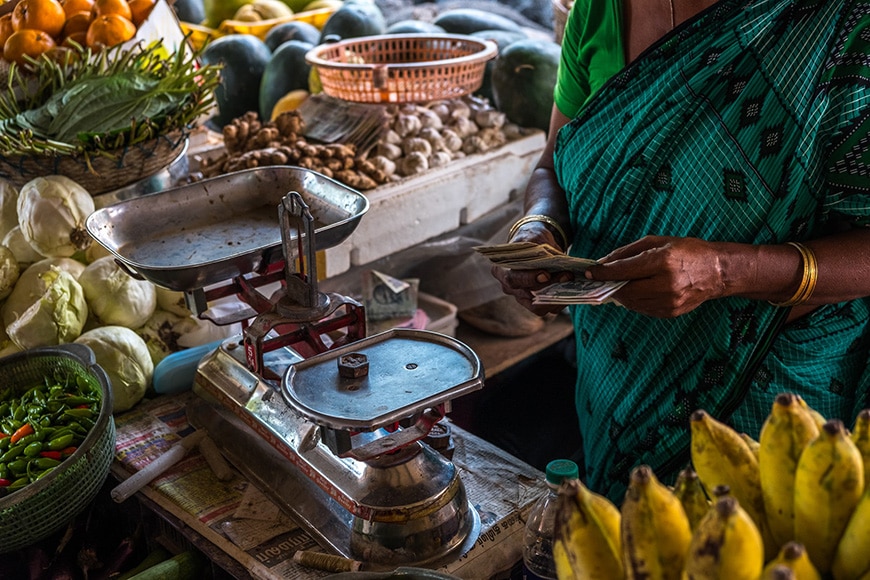
Credit: Pau Casals
Each object, colour, shape and tone in an image has a different visual weight. In other words, they attract more or less attention from the viewer.
When all the areas in a photograph grab enough attention, it’s considered balanced. There are different types of balance in photography: conceptual balance, radial balance, symmetrical balance, asymmetrical balance, etc.
Asymmetrical balance (also known as informal balance) is when you have unequal elements in terms of visual weight, but you still have a sense of balance in the overall picture.
Look at the picture above. Not only is it a perfect example of asymmetrical balance, but it will also help me to explain the concept.
Look at the double-pan scale the woman is using. It has a plate on each side of the beam with a fulcrum in the middle. On one side, there’s a metal weight pushing the plate down.
When you start adding fruit to the empty plate, the one with the metal weight will lift in the same measure as the one with the fruit will drop. As you keep adding fruit, you’ll be able to match both plates. They won’t be equal elements, but they will balance each other.
You can use the same theory to achieve asymmetrical balance in art. You have the main subject that has a certain visual weight, then you add elements such as objects, lines or even light to make the left side and right side of the composition balanced.
Asymmetrical designs are commonly used with photographs in editorial design when paired with text – but you can also use asymmetry inside the photos. It may sound complicated at first, but it’s actually not that difficult.
You probably already use asymmetrical balance without even realizing it. Keep on reading to find some techniques to help you achieve it, but first, let’s discuss the opposite term.
What is Symmetrical Balance in Photography?

The Taj Mahal creates a perfect example of symmetrical balance in a photo. | Credit: Shan Elahi
While symmetry is a concept that requires exactly equal elements facing each other, in photography, it can be interpreted a little more loosely.
For example, a close-up headshot is considered to have symmetrical balance because the nose divides the frame in two – on each side, you’ll have one eye, one eyebrow, one ear, etc.
However, the human face is not exactly symmetrical. We all have one eye higher than the other, or a birthmark on one side and not the other, and so on.
Symmetrical balance is one of the types of balance used in photographic composition, and it’s achieved in mirror images. The left and right side and/or top and bottom side have similar elements.
The most common example is the traditional photo of the Taj Mahal. Because of the architectural style, it’s already symmetrical as a subject. So, when you photograph it from the front, you’ll have left and right symmetry.
If you choose the right angle and time of day, you can create reflection symmetry between the top and the bottom halves using the water (as in the example above).
Many cultures have greatly appreciated symmetry throughout history and have established the ideal in art and architecture in different periods and styles. However, not every case needs to be as precise as the Taj Mahal.
Another famous example of symmetrical composition from art history is The Last Supper by Leonardo da Vinci – even if it doesn’t have two mirror halves.
How Much Do You REALLY Know About Photography?! 🤔
Test your photography knowledge with this quick quiz!
See how much you really know about photography...

In photography, both approaches are valid. You can make a mirror reflection, or have two sides of your photo similar but not exactly the same and still be considered symmetrically balanced.
Instinctively we are attracted by symmetry; we find it calming and beautiful. Maybe this is because our bodies are formed on the principle of symmetry, or perhaps because our culture has embedded the principle in us through centuries of art. Either way, we like it!
With all that said, symmetry can become monotonous. When it comes to creating a work of art, asymmetrical balance is more dynamic.
14 Tips for Using Asymmetrical Balance in Photography
1. Use the rule of thirds
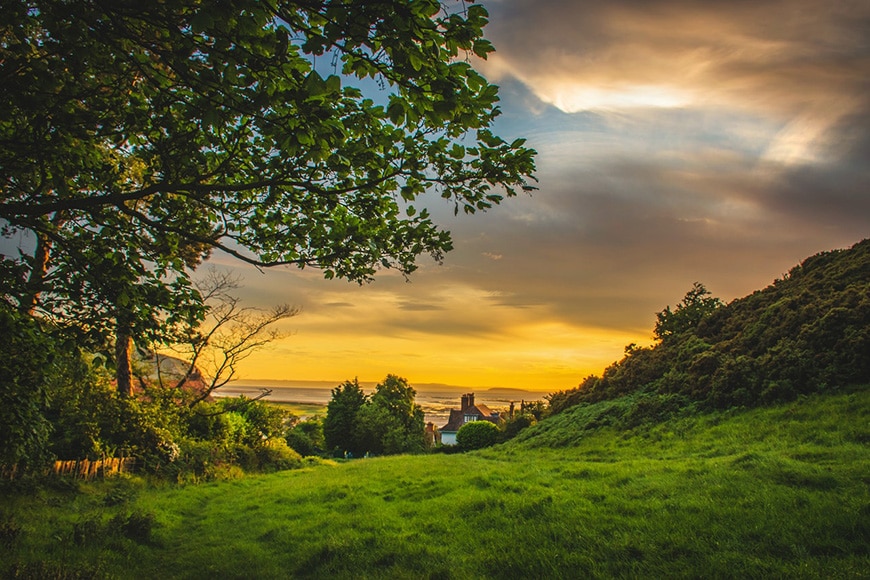
Credit: Lisa Fotios
The rule of thirds is represented in the grid you see on your phone or camera when you’re taking a photo.
It divides the frame into nine equal sections by tracing two vertical and two horizontal lines. The whole idea behind this rule is to avoid having the subject in the center. Instead, it suggests that you should place it on one of the lines.
By doing this, you’re creating an asymmetrical composition because the main focal point will be to the right or the left, towards the top or the bottom.
You can learn more about this technique in our guide to the rule of thirds for beginners.
2. Plain vs detailed
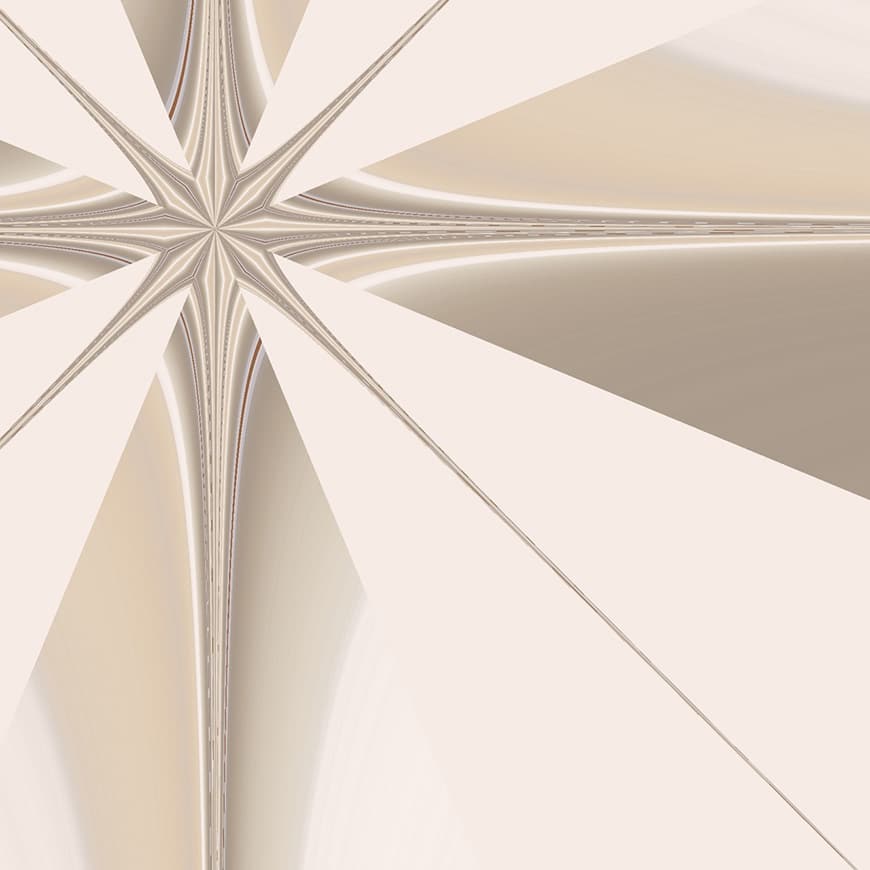
Credit: Bymalens
To achieve an asymmetrical balance, you can use the intricacy of the subjects.
Take a look at the example of asymmetrical balance above. The design on the top left corner is smaller in comparison to the rest of the picture. However, it’s still balanced because it has much more detail than the right side of the image as the lines get further away from each other.
3. Don’t fill the frame

Credit: Louis Hansel
Some subjects are symmetrical by nature; think about a face or a plate of food. If you want to avoid symmetry, you shouldn’t get so close that they fill the frame.
Let’s use the example of food styling. If you’re going to photograph a dish from the top, you should leave enough space around it to accessorize the table.
You can add the cutlery, a glass, a napkin or even some ingredients sprinkled around to balance the dish and the space on the table.
4. Foreground and background

Credit: George Becker
This concept can be applied to any type of photography. Let’s say you do still life photography (see guide); you can put your main subject in the front.
Then, you achieve asymmetrical balance by placing the rest of the elements blurred in the background, as illustrated in the picture above.
In the same way, you can distribute the elements between foreground and background in food photography, portraits, landscapes, or whatever your area of specialization happens to be.
5. Use forced perspective

Credit: Tobi
Look at the example above. The big rocky mountains have a lot of visual weight. If the author had left the simple lake as the foreground, the image would have been unbalanced.
If, instead, he used the reflection of the mountains to fill the lake’s empty space, the composition would have been symmetrical. So, he introduced another element: the rowboat.
Both elements have unequal real sizes, so keeping them in scale would give them unequal visual weight. However, by putting the rowboat close to the camera, he forced the perspective, and the image is asymmetrically balanced.
6. Brightness
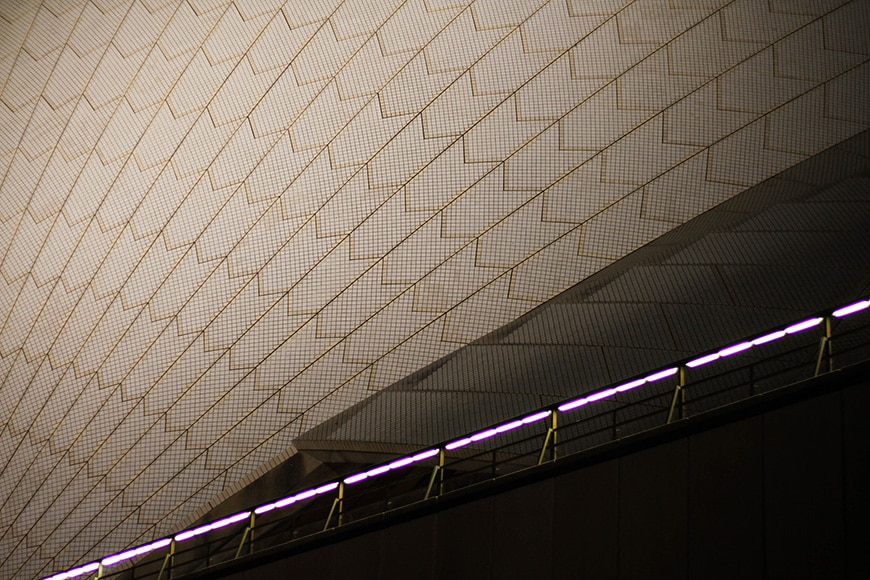
Credit: Jeremy Bishop
Brightness vs darkness, light vs shadow – compositions that include this type of contrast can give a sense of balance according to the amount and placement.
Dark tones have a greater visual weight than light ones. If you want to achieve balance using tonal contrast, you need to have a bigger highlight area in comparison to the shadowy one.
Look at the example image above. If you divide the image diagonally from the bottom left to the top right, you’ll see that the lighter part occupies more than half of the frame. Not only that, the dark space is divided by a line of very strong highlights.
As a result, the image has an overall sense of balance.
7. Low Key Photography
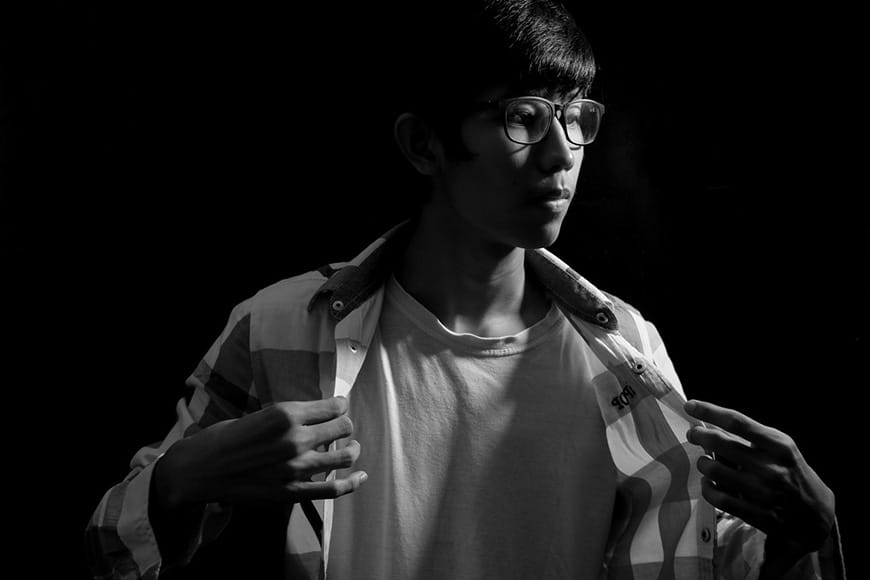
Credit: Thet Zin
Low key is another way to use tonal values to achieve asymmetrical balance, except that it works in the opposite way to the previous example.
Even if highlights are considered to have less visual weight, the subject’s intrinsical importance and placement are enough to balance out a primarily dark image.
8. Change the camera angle
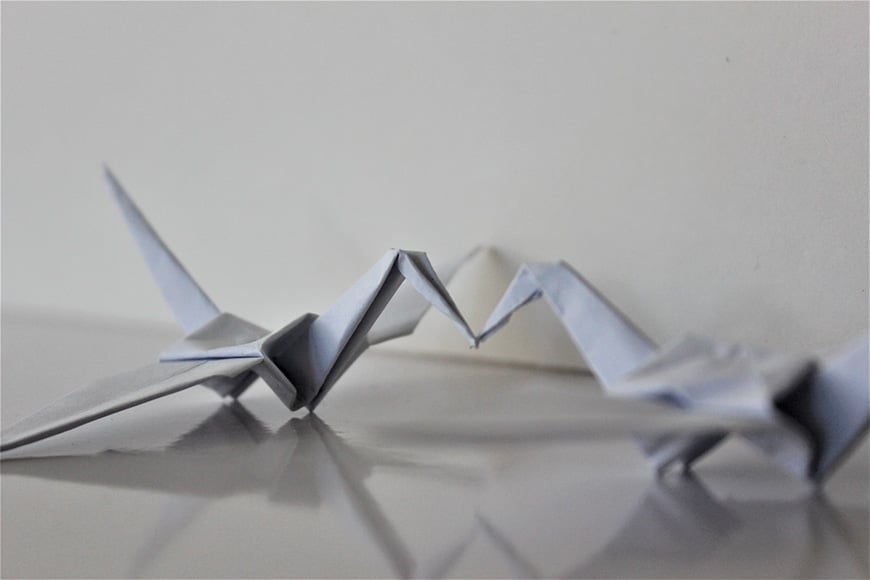
Credit: Rebecca Freeman
Sometimes the best way to achieve asymmetrical balance when you have mirror images is by changing your perspective or camera angle.
In the photo above, there are two equal elements. These are placed one in front of the other as if it were a mirror reflection. If the photograph was taken straight on, it would have symmetrical balance.
Instead, the author moved to the right, changing the perspective and the depth of field. This way, the photo is still balanced but has more depth and feels more dynamic.
9. Negative space

Credit: Jess Bailey Designs
You can use negative space to isolate your main subject and achieve asymmetrical balance. The way to achieve a more interesting result is by using some of the composition guidelines that apply to any type of photography.
10. Break reflection symmetry

Credit: Mario Dobelmann
Using asymmetrical balance in your photography doesn’t mean that you can’t capture reflections any more. You just have to avoid placing them in the center of the image.
You can also make them a small part of the composition or introduce an element to break the reflection symmetry.
Take a look at the above photo; the landscape has a symmetrical reflection. However, the author added the branch in the foreground – by doing this, he created an asymmetrical composition because it has equal visual weight as the darker part of the sky.
This makes the original symmetry fade into the background.
11. Use texture

Credit: Jessica Lewis
Elements with a texture appear heavier to us because of their sense of tridimensionality. This gives them a physical feel that grabs our attention more than flat surfaces do.
That’s why a small textured element needs to be balanced with a smooth, bigger surface. Alternatively, you can have a textured area that’s lighter and a smooth darker area.
As you can see, you can combine different principles such as texture plus brightness or shapes and position to achieve asymmetrical balance.
12. Colors have different visual weight too

Credit: Miguel á Padriñán
We’ve talked about lighter and darker objects earlier in the article. However, colour also has a visual weight.
Some colours grab our attention more than others. You’ve probably already noticed this in everyday objects.
For example, in a full parking lot, certain cars will stand out. Or when you’re buying clothes, some colours will be more appealing to you at first glance.
The relationship of colours is something that graphic designers have long studied, and they put it into action when they create a logo or a presentation card.
We, as photographers, should pay attention to this too and incorporate it into our compositions.
Take a look at the image above. Red is one of the heavier colours there are in visual weight. To balance the image, there are four paper boats in more neutral colours and one in red.
13. Shapes
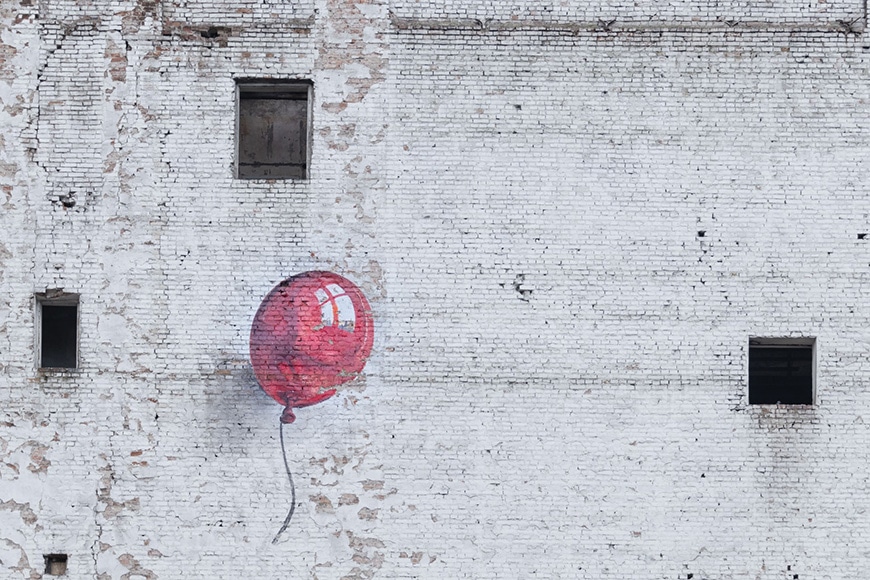
Credit: Pawel Czerwinski
Different shapes have different visual weights. For example, a square seems heavier than a circle because of its straight angles – while a circle is lighter because it has no beginning or end.
Irregular shapes are perceived as lighter than regular shapes. You can use these notions to compose your images and achieve asymmetrical balance.
Of course, the color, size, and position of the shapes play a part in the photo’s overall balance.
14. Leading lines
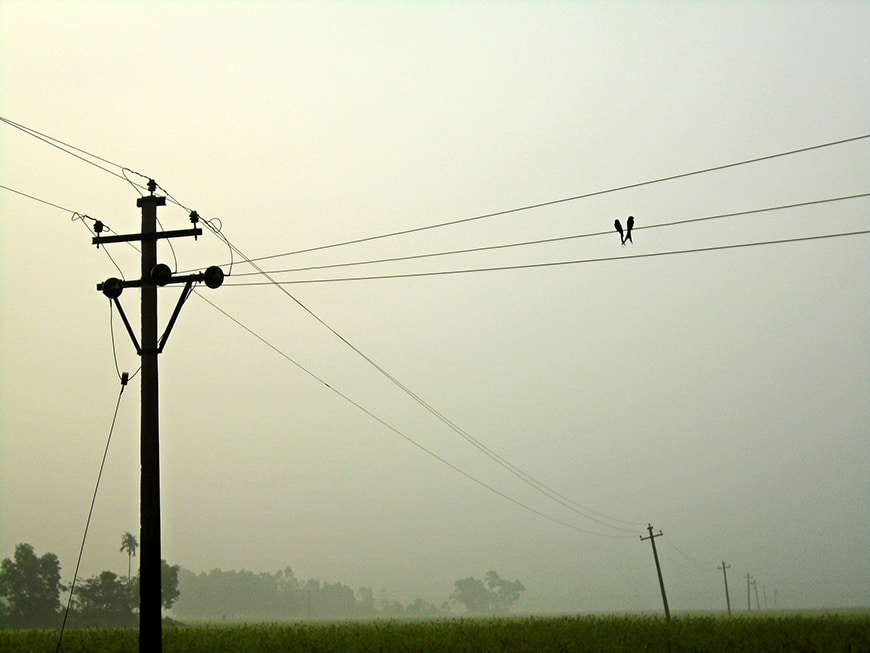
Credit: Krishna K Maiti
Another way to achieve balance in an asymmetrical composition is by using leading lines. When one of the subjects has more visual weight than other elements in your photo, it will be unbalanced.
You can give visual direction by using leading lines to move the viewer’s eye through the frame. This makes the image more interesting and dynamic, balancing things out.
Leading lines can be physical, such as a street, a fence, or electric cables, or they can be imaginary such as a finger pointing in a certain direction.
Final Words
As you can see, asymmetry doesn’t mean that the photo is not balanced. If you follow any of these principles, you can distribute the objects with a different weight on the two sides of the frame in a way that they grab equal attention from the viewer.
I hope this helped you clear up any doubts you had about using asymmetry in your photography. Remember – symmetrical balance can be pleasing to the eye, but asymetrical balance can be more exciting!
If you have any further tips, leave them in the comments section – we’d love to hear from you.

Check out these 8 essential tools to help you succeed as a professional photographer.
Includes limited-time discounts.













